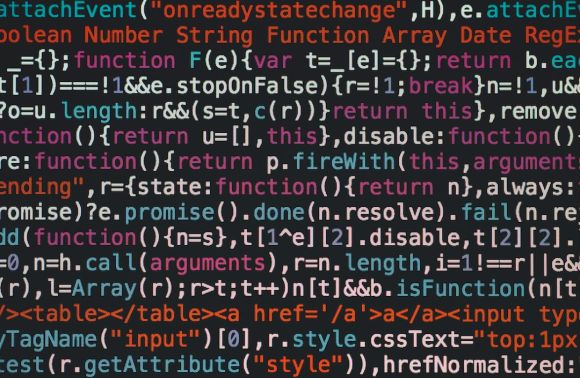Code review is an essential part of the software development process. It is the process of reviewing the code written by a developer to ensure that it meets certain standards and is free of errors. Code review helps to improve the quality of the code, identify potential bugs and security vulnerabilities, and ensure that the codebase is maintainable and scalable. In this article, we will discuss some best practices for code review.
1. Start with a clear objective
Before starting a code review, it is important to have a clear objective in mind. What are you looking to achieve through the review? Are you reviewing for code quality, performance, security, or all of the above? Defining the objective will help you focus your review and provide valuable feedback to the developer.
2. Review small chunks of code at a time
Reviewing large chunks of code can be overwhelming and can lead to oversight or missed issues. It is best to review small, manageable chunks of code at a time. This allows you to focus on the details and catch any potential issues more effectively.
3. Provide specific and actionable feedback
When providing feedback on the code, it is important to be specific and provide actionable suggestions for improvement. Instead of saying “this code is messy,” provide specific examples of what could be improved and how it could be done. This helps the developer understand the issue and make the necessary changes.
4. Use code review tools
There are many code review tools available that can automate and streamline the code review process. These tools provide features such as inline comments, code highlighting, and version control integration, making it easier for reviewers to provide feedback and for developers to address the comments. Using these tools can save time and improve the efficiency of the code review process.
5. Involve multiple reviewers
Having multiple reviewers can bring different perspectives and increase the chances of catching issues. Each reviewer may have a different area of expertise or a unique understanding of the codebase, which can help in identifying potential problems or suggesting alternative solutions. It also helps distribute the workload and ensures that the code is reviewed thoroughly.
6. Focus on the big picture
While it is important to review the details of the code, it is also important to keep the big picture in mind. Does the code align with the project’s overall goals and architecture? Is it scalable and maintainable? Reviewing the code from a holistic perspective helps ensure that the code meets the project’s requirements and can be easily maintained and extended in the future.
7. Establish coding standards and guidelines
Having a set of coding standards and guidelines can help streamline the code review process and ensure consistency across the codebase. These standards can cover areas such as naming conventions, code formatting, error handling, and documentation. By following these standards, developers can write code that is easier to review, understand, and maintain.
In conclusion, code review is an important practice for maintaining code quality and ensuring that the codebase is robust and secure. By following these best practices, reviewers can provide valuable feedback to developers, helping them improve their code and avoid potential issues. Remember to start with a clear objective, review small chunks of code at a time, provide specific and actionable feedback, use code review tools, involve multiple reviewers, focus on the big picture, and establish coding standards and guidelines.
